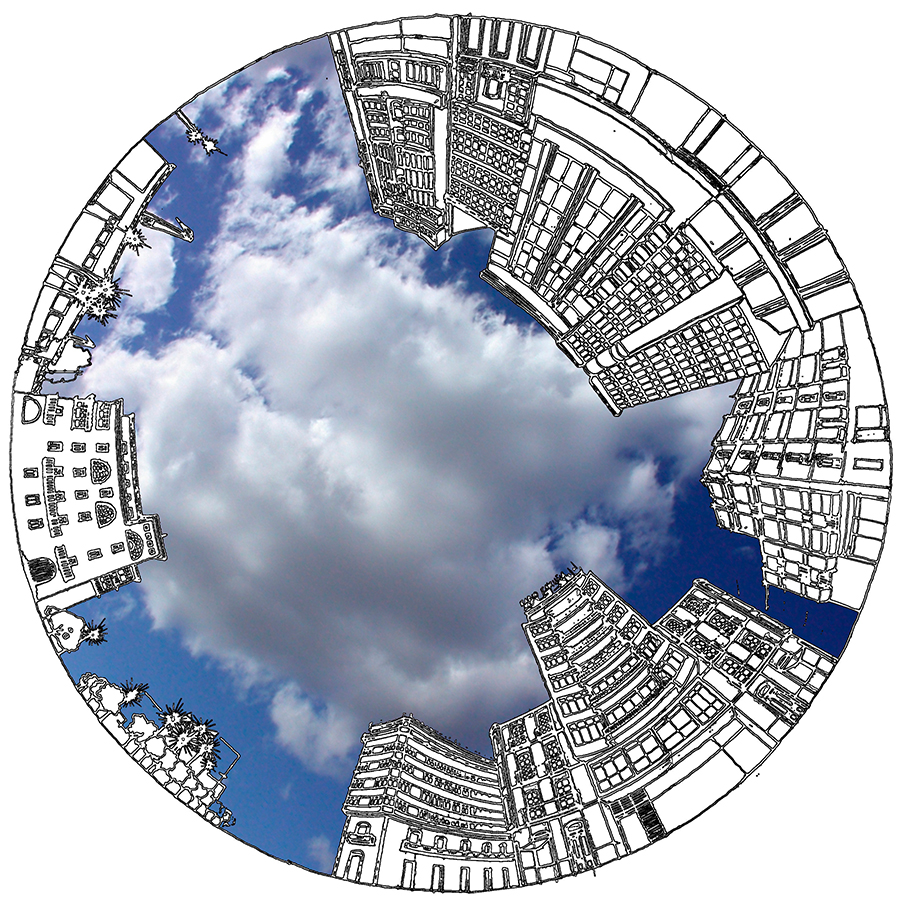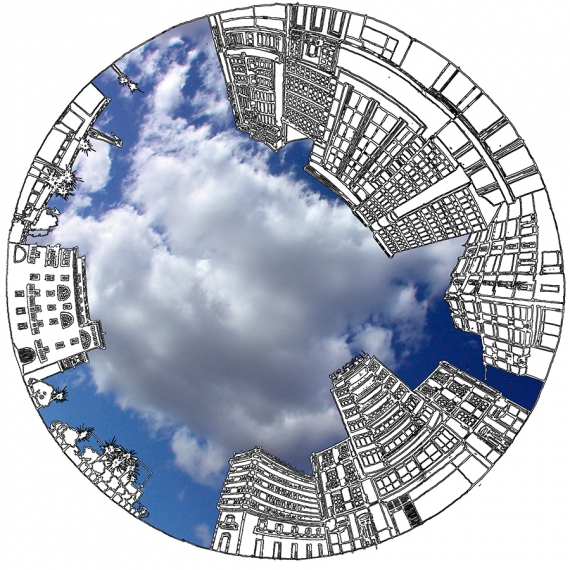La estereoscopía, imagen estereográfica, o imagen 3D (tridimensional) es cualquier técnica capaz de recoger información visual tridimensional o de crear la ilusión de profundidad en una imagen. La ilusión de la profundidad en una fotografía, película, u otra imagen bidimensional es creada presentando una imagen ligeramente diferente para cada ojo, como ocurre en nuestra forma habitual de recoger la realidad. Muchas pantallas 3D usan este método para transmitir imágenes. Fue inventado primero por Sir Charles Wheatstone en 1840.
The estereoscopía is used in photogrammetry and also for entretenimiento with the production of estereogramas. The estereoscopía is useful to see images renderizadas of a group of data multi-dimentionales like the produced by experimental data. The three-dimensional photography of the modern industry can use scanners 3D to detect and save the three-dimensional information. The three-dimensional information of depth can be reconstructed split of two images using a computer to do relate the pixels corresponding in the left and right images. Solve the problem of correspondence in the field of the vision by computer aims to create significant information of depth from two images. At present we can enjoy of the estereoscopía in cinema with the new Digital format 3D.
The photography estereoscópica traditional consists in the create an illusion 3-D from a pair of images 2D. The simplest form to create in the brain the perception of depth is providing to the eyes of the viewer two different images, that represent two perspectives of the same object, with a small similar deviation to the perspectives that of natural form receive the eyes in the vision binocular.
If it wants to avoid the visual fatigue and the distortion, each one of the images 2D has to present preferably to the corresponding eye of the viewer in such a way that any object to infinite distance perceived by the viewer has to be perceived by this eye while it is oriented just right to forward, the eyes of the viewer are not crossed neither diverge. When the image does not contain any object of infinite distance, like a horizon or a cloud, the images have to be spaced appropriately more near.
La estereoscopía es usada en fotogrametría y también para entretenimiento con la producción de estereogramas. La estereoscopía es útil para ver imágenes renderizadas de un conjunto de datos multi-dimentionales como los producidos por datos experimentales. La fotografía tridimensional de la industria moderna puede usar escáners 3D para detectar y guardar la información tridimensional. La información tridimensional de profundidad puede ser reconstruida partir de dos imágenes usando una computadora para hacer relacionar los pixels correspondientes en las imágenes izquierda y derecha. Solucionar el problema de correspondencia en el campo de la visión por computadora apunta crear información significativa de profundidad a partir de dos imágenes. Actualmente podemos disfrutar de la estereoscopía en cine con el nuevo formato Digital 3D.
La fotografía estereoscópica tradicional consiste en el crear una ilusión 3-D a partir de un par de imágenes 2D. La forma más sencilla de crear en el cerebro la percepción de profundidad es proporcionando a los ojos del espectador dos imágenes diferentes, que representan dos perspectivas del mismo objeto, con una pequeña desviación similar a las perspectivas que de forma natural reciben los ojos en la visión binocular.
Si se quiere evitar la fatiga visual y la distorsión, cada una de las imágenes 2D se debe presentar preferiblemente al ojo correspondiente del espectador de tal manera que cualquier objeto a distancia infinita percibido por el espectador debe ser percibido por ese ojo mientras está orientado justo derecho hacia adelante, los ojos del espectador no son cruzados ni divergen. Cuando la imagen no contiene ningún objeto de distancia infinita, como un horizonte o una nube, la imágenes deben ser espaciadas correspondientemente más cerca.


